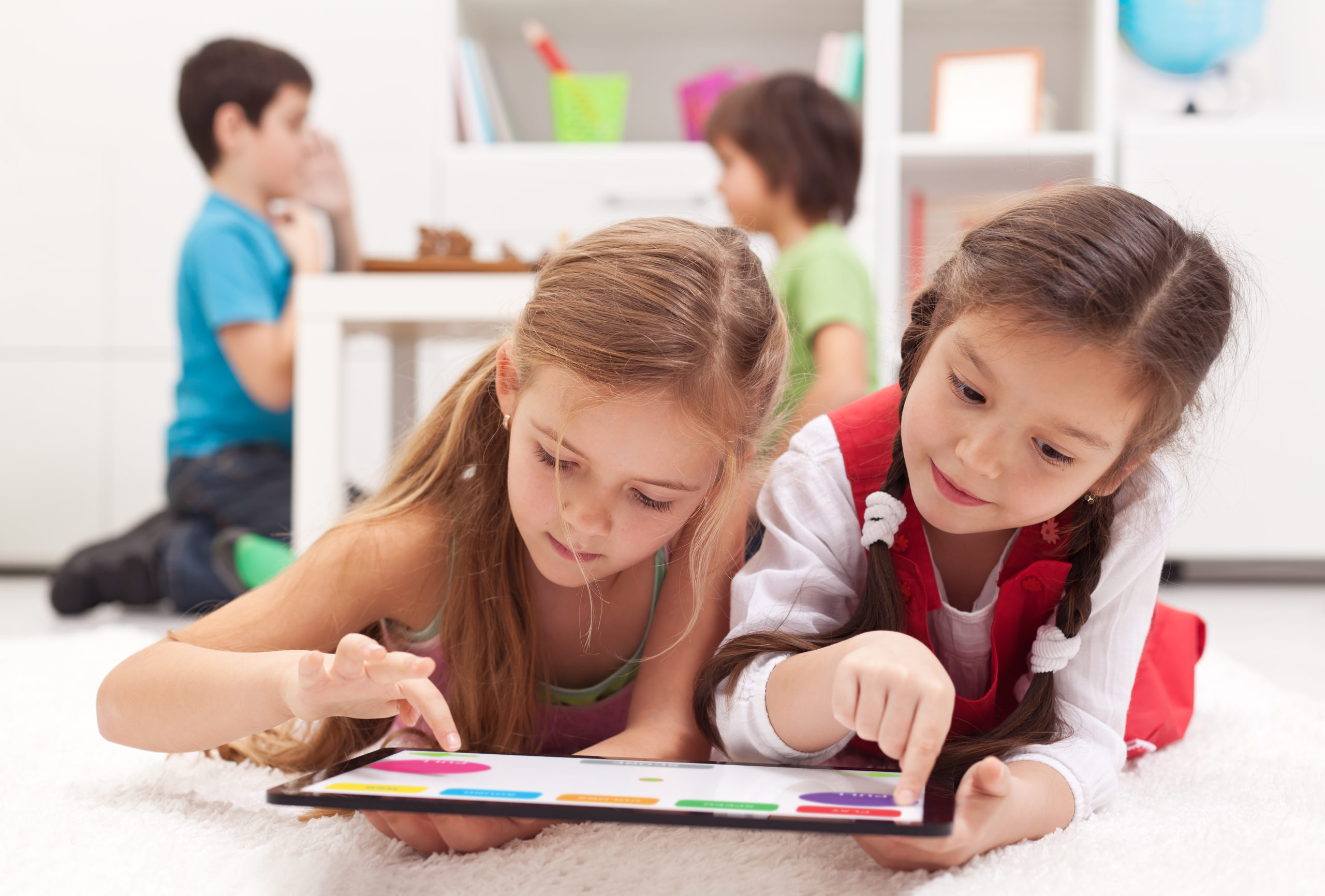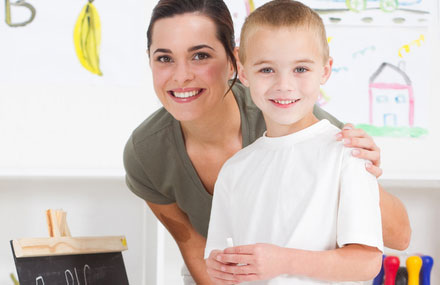The back-to-school season is upon us (at least here in the US), and it’s gearing up to be another bumpy ride as we continue to navigate the uncertainty that surrounds us all. This has been quite a challenging 18 months for everyone, kids especially, and now we’re in another period of transition with most kids returning to in-person school on a full-time schedule. While there are many things we can’t control about how this school year will go, there are some important things we can and should manage to help our kids have a productive and healthy experience. Here are some of the foundational things I encourage all families to do now, whether your child is already back in the classroom or heading there over the coming weeks.
Sleep
Kids need enough hours of quality sleep each night to function well during the day. The research is clear that children and teens who don’t get enough good quality sleep at night are much more likely to struggle with attention, anxiety, mood, learning, and behavior problems. We also know that during the pandemic many kids have gotten out of consistent sleep and wake cycles, and have been staying up and sleeping in much later than normal. Now is the time to get those sleep routines back in place, so kids can get the sleep they need.
What should this look like?
- Stick to consistent bedtimes and wake up times. If your child hasn’t yet started school, start moving their bedtime and wake up time earlier over the coming days and weeks so they are on the right school-year schedule by the time they start.
- Put devices away at least 45 minutes before bed to avoid stimulation and light exposure that makes it harder to fall asleep. No devices in the bedroom at night to avoid potential safety issues and sleep disruption.
- Use calming activities and routines leading up to bedtime.
- Create a comfortable sleep environment – dark room, cool temperature, comfortable bedding, etc.
- Avoid caffeine and excess sugar later in the day.
When kids are sleeping well it makes life easier for the entire family, and sets them up for a productive school day.
Screens
One of the major impacts of the pandemic on children has been the massive increase in time spent on devices and digital media. The during the pandemic in time on screen for children during this time, and it extends well beyond the time spent on screens for virtual schooling. While devices have their place in our kids’ lives, and have certainly provided many benefits during the pandemic, we know that excessive use can have a negative impact on their mental and physical health.
One of the ways to help kids start the school year off well is to do a reset on device-related activities. Now is the time to look at whether more balance between screen time and other activities would be beneficial. If your child has gotten into the habit of spending most of their day on devices, start slowly decreasing so they are used to much less screen time by the time they start school. Also consider what amount and types of device use are helpful for them during the school year.
Depending on their age, I think it’s important to talk with kids about their observations of how screen time impacts them – as well as you sharing your observations and concerns. Decide how much time is appropriate on school days and non-school days, what times of the day specific devices and apps will be available to them, and make sure there are strict limits around devices in the bedroom at night. I find the simplest and most effective way to set and enforce boundaries on devices is using a parental control app like Circle. It’s easy to set up, simple to monitor, and allows parents to flexibly make changes as needed.
Supplies
As a parent it can feel overwhelming to read through all the letters, lists, and requirements for back to school. This is especially true if you’ve got multiple kids! A helpful strategy to reduce parental overwhelm and help kids get back in the school mindset is to involve them in the process of gathering, organizing, and managing school supplies. This can include taking them to the store to pick out what they need, or going around the house to find the items that you know are there but have been lost during many months of not being in school.
Along with organizing school supplies, it’s helpful to work with kids to set up places where they will do homework, keep notes and papers that come home, etc. Make a plan for how their backpack and other materials will be stored, and create a system for laundering things like uniforms and masks. These efforts will pay off once the school year starts, but set the stage now by helping them think about school and routines again.
Stress Level
While the back-to-school season can be an inherently stressful time, there are steps we can take to reduce the stress level for our kids. This is important, as high levels of stress and anxiety make it more difficult for kids to adjust to new routines, focus on learning, and manage their emotions and behaviors in and out of the classroom. Here are some simple and effective strategies to keep the stress level down right now:
- Talk about what the schedule will be like at home and school. Walk through the day together, and create a picture or written schedule if needed. The more information kids have about what to expect, the less stress and anxiety they experience.
- Preview problems or challenges that might come up, and work on problem solving them together in advance. This is especially helpful if your child has specific concerns or worries around things that might happen. Examples could include what to do if you can’t get your locker open, if you get lost in the building, if you don’t understand something, if kids are picking on you, and much more. This kind of pre-thinking and problem solving inoculates kids against the uncomfortable feelings that may come up in the moment if these things actually happen, and helps them feel calmer and more in control.
- Teach some simple stress-reducing tools like deep belly breathing, squeezing a stress ball or doing progressive muscle relaxation, positive visualizations, and more. Click here to get a list of many great mindfulness activities to reduce stress and anxiety in kids and teens.
- Model being calm and confident in your own communication and behavior. Kids quickly pick up on how we’re feeling based on our actions. If we’re giving off a vibe of angst, stress, and anxiety, then our kids will feel the same way. We need to focus on our own emotional and behavioral regulation in order to support their regulation. Talk about the upcoming year in positive ways, stay calm when managing challenges, and be an anchor of composure and confidence for them.
This is an exciting and stressful time as kids and families enter the new school year. Doing some simple prep-work now to lay healthy foundations will pay off in positive ways as kids navigate these first weeks and months of their educational adventures.








